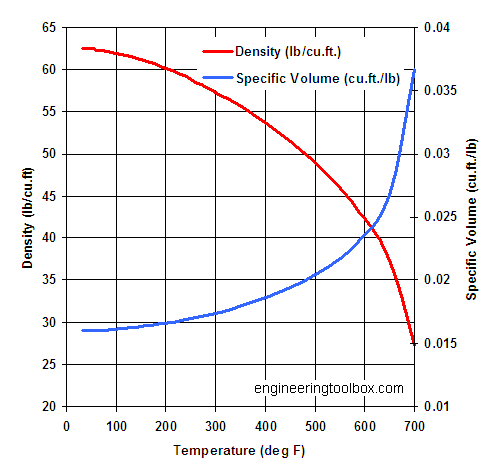On most all my beers under about 1.060 to 1.055 OG I will hit in the high high 80's. 87-89... if I am making a larger beer 1.060 and up it seem I drop a few points into the 85-ish range. I do fly sparge. I try and keep my HLT temps in the 175* range knowing it drops about 5-7 deg during transfer. I have been hitting those numbers for YEARS!
Cheers
Jay
Cheers
Jay





























![Craft A Brew - Safale BE-256 Yeast - Fermentis - Belgian Ale Dry Yeast - For Belgian & Strong Ales - Ingredients for Home Brewing - Beer Making Supplies - [3 Pack]](https://m.media-amazon.com/images/I/51bcKEwQmWL._SL500_.jpg)













